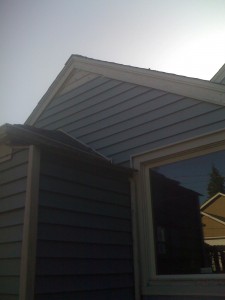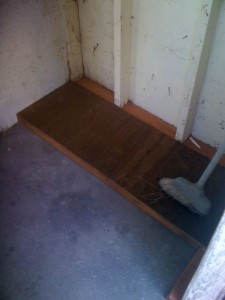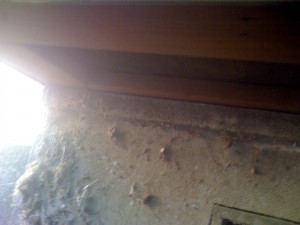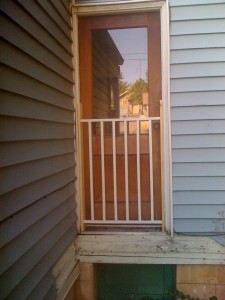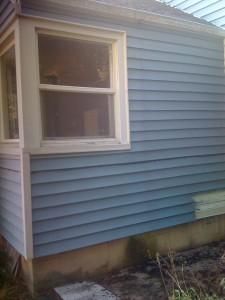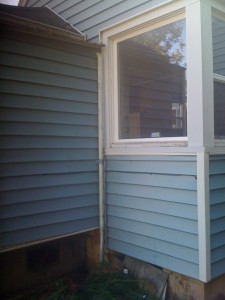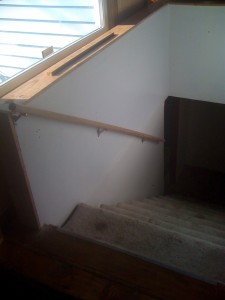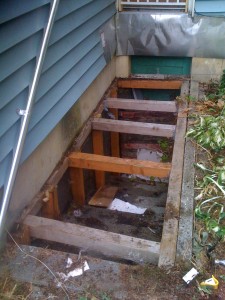Spoke with the appraiser on Friday, and he said that everything checked out just fine, so the underwriters should be happy now.
Yesterday, the notary from the escrow company came by our place and we signed all the papers necessary to close.
Now all that needs to happen is for Wells Fargo to fund the loan and the transaction to be recorded with the county, and we’re homeowners — our real estate agent will hand over the keys and we’re in. Hooray!
(I’m a little disappointed that we don’t get the big meeting where everyone sits down together and papers are signed and keys are handed over, but according to the escrow company person that only happens on the East Coast anymore, except on TV.)
The sellers, who are completely moved out, have apparently abandoned an old ’80s-model car on the property (among other things, mostly junk that we’ll have to pay to have hauled away). Our real estate agent has given us to understand that any personal property left behind becomes ours with the house sale, but does anybody know if that applies to cars and if so or if not what we should do to dispose of it legally?

